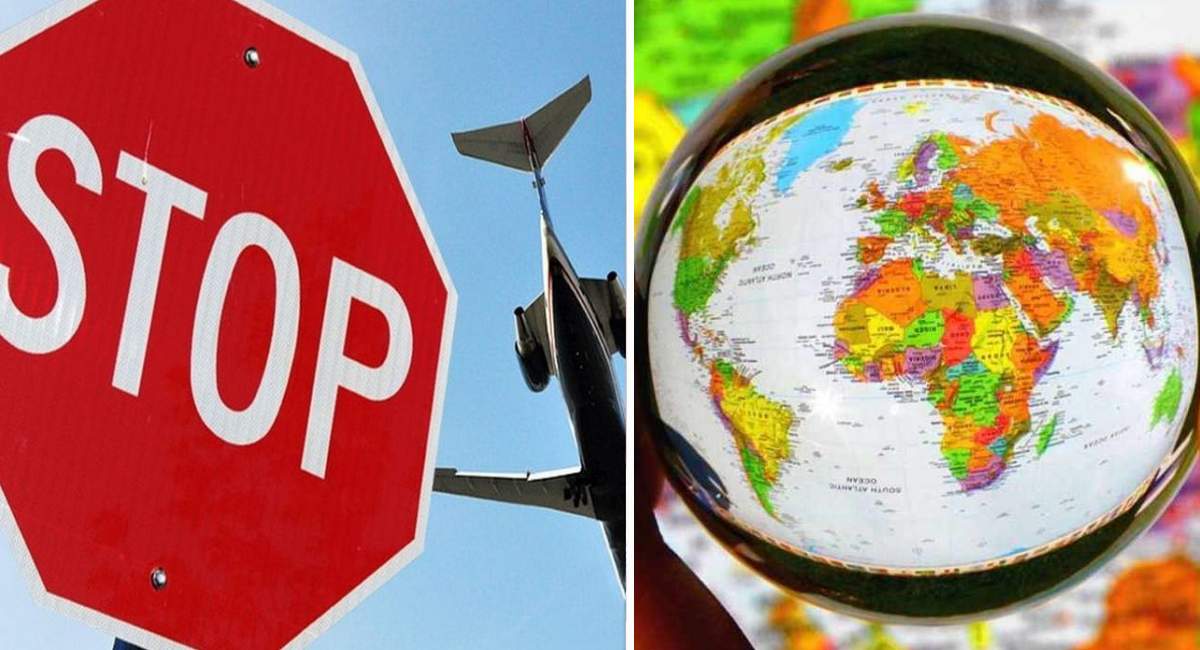Fodor’s highlights places under pressure from overtourism and calls for a pause to let nature and communities recover
Travel guide publisher Fodor’s has released its latest annual “No List” – a carefully curated selection of destinations that travellers are encouraged to skip in 2026. The aim is not to shame or boycott, but to draw attention to places where tourism is putting “unbearable pressure” on local communities and fragile ecosystems.
Across the globe, more and more hotspots are experiencing the side effects of overtourism: environmental damage, overwhelmed infrastructure, soaring rents, housing shortages for residents and higher greenhouse gas emissions from flights and cruises. As Fodor’s notes, overcrowded streets and polluted beaches are no joy for visitors or locals.
For 2026, the list features eight destinations that, in Fodor’s view, desperately need a breather:
-
Antarctica
-
Canary Islands, Spain
-
Glacier National Park, Montana, United States
-
Isola Sacra, Italy
-
Jungfrau region, Switzerland
-
Mexico City, Mexico
-
Mombasa, Kenya
-
Montmartre, Paris
Why these places?
Antarctica
The polar continent has become a bucket-list item for affluent travellers and expedition cruisers. Even with restrictions on large cruise ships, the number of smaller vessels and private yachts is rising. Experts warn that any increase in human activity comes at a cost to one of the world’s most fragile environments – and argue that “Antarctica should not be on anyone’s travel checklist”.
Canary Islands, Spain
With their mild climate and volcanic landscapes, the Canary Islands attract millions of visitors year-round. But local frustration is mounting. Residents are protesting against spiralling rents, pressure on water supplies, destruction of natural areas and the transformation of residential neighbourhoods into de facto hotel zones.
Glacier National Park, United States
Often called the “Crown of the Continent”, Glacier is famous for its ice fields and alpine lakes. Yet climate change is hitting hard: glaciers here are melting at roughly twice the global average rate and could largely disappear by 2030. At the same time, surging visitor numbers mean traffic jams, overflowing car parks, more litter and more emissions, while wildfires are closing off trails.
Isola Sacra, Italy
This small island near Rome is known for its ancient tombs and archaeological heritage. Plans for a large new cruise and tourism port have sparked fears of coastal erosion, habitat loss and long-term damage to the local ecosystem.
Jungfrau region, Switzerland
Home to the legendary peaks of Eiger, Mönch and Jungfrau, this Alpine region is struggling under its own success. Infrastructure is stretched to the limit: car parks are full, hiking trails overcrowded and affordable housing for locals is becoming scarce as tourism expands.
Mexico City, Mexico
Mexico’s capital is a cultural and culinary powerhouse – but it is also at the heart of a gentrification wave. The boom in short-term rentals and the influx of remote workers have pushed up housing costs, pricing residents out of traditional neighbourhoods and reshaping the social and cultural fabric of the city.
Mombasa, Kenya
This coastal city on the Indian Ocean is popular for its beaches, coral reefs and historic sites. Yet tourism has also contributed to water pollution, resource overuse, rising unemployment and crime, as well as damage to marine life. Without careful management, the very assets that attract visitors are put at risk.
Montmartre, Paris
Once a bohemian artists’ quarter, Montmartre has become one of the most heavily visited areas of Paris – in some periods even more crowded than the Eiffel Tower district. Sky-high rents, dense crowds and a wave of souvenir shops have driven out local residents and turned the neighbourhood into something closer to a stage set than a living community.
Fodor’s stresses that while cities such as Venice and Barcelona still face serious challenges, constant media focus on them can overshadow other destinations where the situation is deteriorating rapidly – and where urgent action is needed.
DIP reminder: beautiful – but risky – cities where pickpockets and scammers target tourists
High tourist numbers also fuel another, less visible industry: petty crime. In some iconic cities, pickpockets and scammers are as common as postcards. Travellers should be particularly vigilant in:
-
Barcelona, Spain – especially Las Ramblas, the Gothic Quarter and the beaches
-
Rome, Italy – pushy “helpers” at ticket machines, fake guides, “free” bracelets that suddenly require payment
-
Paris, France – crowded metro lines, around the Eiffel Tower, the Louvre and major landmarks
-
Prague, Czech Republic – unlicensed taxis, poor exchange rates, inflated bills in tourist venues
-
Buenos Aires, Argentina – street theft and card fraud in busy areas
-
Rio de Janeiro, Brazil – robberies on beaches and on public transport, unsafe neighbourhoods
-
Mexico City, Mexico – pickpockets, risky taxi services and problem areas
-
Cairo, Egypt – inflated prices, fake tickets, aggressive touts near main sights
-
Marrakech, Morocco – insistent “guides” and “helpers” in the souks and around the medina
-
Ho Chi Minh City, Vietnam – bag-snatching and pickpocketing in markets and bus stations
Basic safety tips for travellers:
-
stay aware of your surroundings, especially in crowds
-
keep valuables out of sight and split cash and cards between several places
-
use money belts or inner pockets rather than open bags
-
be cautious of unsolicited “help” from strangers
-
check prices and conditions before agreeing to services
-
use licensed taxis or reputable ride-hailing apps
-
research common scams in your destination before you go
The more famous the destination, the more important it is to travel not лише with a camera, but with your eyes open.

